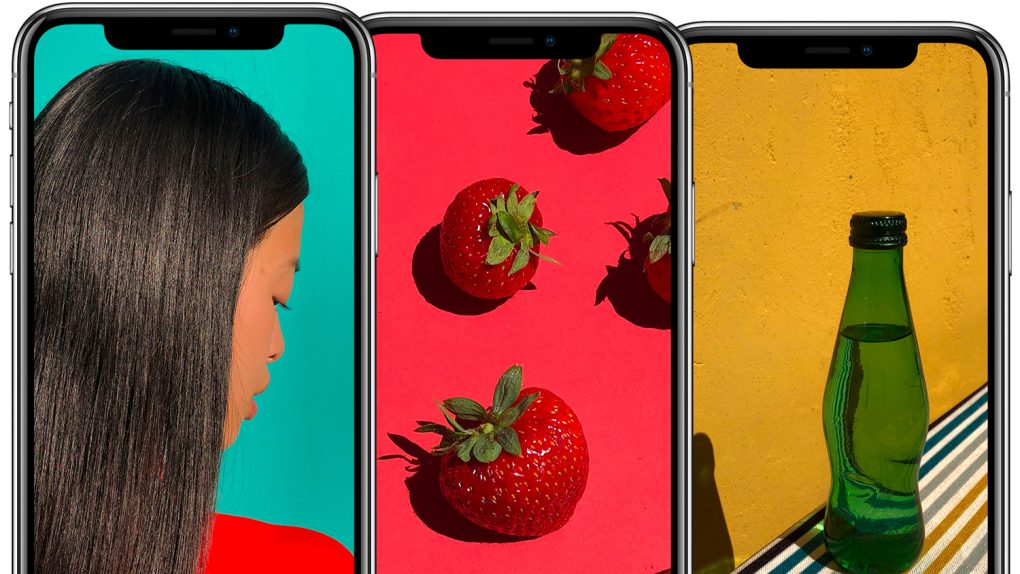Now that the iPhone 8 and iPhone 8 Plus are finally available in stores we can finally confirm some of the specs that Apple would never mention on stage or in the phone’s specs sheet. Teardowns for both devices told us how much RAM there is in both handsets and how big the batteries are.
Just as expected, the iPhone 8 and iPhone 8 Plus have 2GB and 3GB of RAM like their predecessor, but both batteries are actually smaller than last year. What’s more interesting is that news from China indicates the iPhone X will actually pack a battery that’s bigger than the iPhone 8 Plus.
iFixit’s teardowns told us that the iPhone 8 and iPhone 8 Plus have 1,821 and 2691 mAh batteries. The devices will offer about the same battery life as the iPhone 7 and iPhone 7 Plus, which sport 1,960 mAh and 2,900 mAh batteries.
Why has Apple decreased battery size? It’s likely that some internal changes dictated by the adoption of wireless charging are responsible for the changes.
Meanwhile, the Chinese Telecommunication Equipment Certification Center (TENAA) has confirmed that the iPhone X will sport 3GB of RAM, just like the iPhone 8 Plus. But the phone will have a 2,715 mAh battery, which is bigger than the battery pack used for the iPhone 8 Plus:
For those who cares about #2, Tenaa just confirmed #iPhoneX comes with 3GB of RAM, reveals 2716mAh battery… pic.twitter.com/WCtvqg6e5j
— Steve H.McFly (@OnLeaks) September 26, 2017
That’s not necessarily surprising if you’ve followed the game of leaks that preceded the iPhone X press conference. Apple has been rumored to use an L-shaped battery inside the iPhone X, a phone that’s about the same size as the iPhone 8, to maximize battery life. This is possible thanks to innovations that concern logic board design, which allowed Apple to further shrink the logic board and make extra room for more battery.
However, just because it has a bigger battery, the iPhone X won’t offer better battery life than the iPhone 8 Plus. It’ll match it, at best:

The iPhone X will share the same components as the iPhone 8 models. On top of that, it’ll sport a TrueDepth camera that enables Face ID facial recognition, and which will probably eat plenty of juice as the sophisticated system will consistently be used for unlocking and authentication purposes.
The iPhone X also sports a different screen technology. OLED displays should be more efficient than LCD ones. But the iPhone X’s screen is bigger than the iPhone 8 Plus’s display. So, probably more efficient than a similarly sized LCD screen, it may still require more energy than the iPhone 8 Plus display. We won’t know for sure until someone actually tests the screens of these devices for power consumption.








